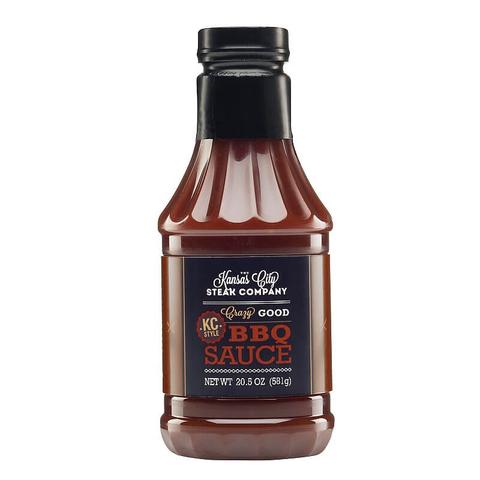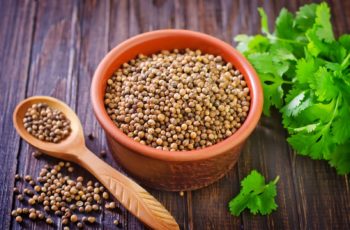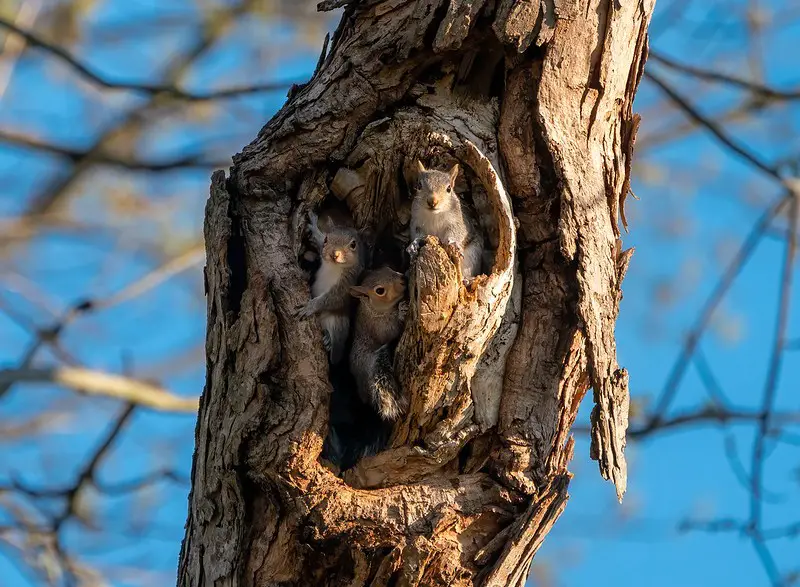
Squirrels primarily live in trees, forests, and urban parks. They build nests called dreys in branches or hollow trees.
Squirrels are highly adaptable creatures. They can thrive in various environments, from dense forests to bustling city parks. These agile rodents make their homes in trees, where they build nests called dreys using twigs and leaves. In urban areas, squirrels often find refuge in attics or other secluded spots.
Their habitats provide safety from predators and easy access to food sources like nuts, seeds, and fruits. Understanding where squirrels live helps us appreciate their role in the ecosystem and the importance of preserving their natural habitats. Observing these creatures in their diverse homes can be a delightful experience for nature enthusiasts.
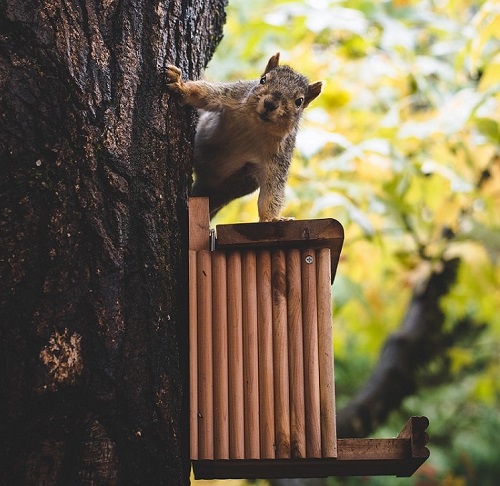
Credit: www.trutechinc.com
Urban Environments
Squirrels have adapted to urban environments remarkably well. They find food and shelter in cities. Their presence brings nature closer to city dwellers. Let’s explore where squirrels live in urban areas.
City Parks
City parks are a favorite habitat for urban squirrels. Parks offer plenty of trees and green spaces. Squirrels can find nuts, seeds, and fruits in these areas. They use trees to build nests, known as dreys. Dreys are made from leaves and twigs, providing shelter. Parks also offer safety from predators and busy streets.
Residential Areas
Squirrels often live in residential areas too. They find food in gardens and bird feeders. Squirrels can also find shelter in attics and garages. Trash cans and compost bins provide easy meals. Neighbors may see squirrels running along fences and power lines. Squirrels make use of any available space for their needs.
| Urban Habitat | Features | Benefits for Squirrels |
|---|---|---|
| City Parks | Trees, green spaces, food sources | Shelter, food, safety |
| Residential Areas | Gardens, bird feeders, attics | Food, nesting spots, easy access |
- Trees: Provide nesting spots
- Bird Feeders: Offer easy food
- Attics: Serve as warm shelters
- Find food sources
- Locate safe shelters
- Avoid busy streets
Forests And Woodlands
Squirrels are fascinating creatures that thrive in various habitats. Among these habitats, forests and woodlands are the most common. These natural environments provide food, shelter, and safety. Squirrels find everything they need here to survive and thrive.
Deciduous Forests
Deciduous forests are home to many types of squirrels. These forests have trees that shed their leaves annually. The seasonal changes create a rich environment for squirrels. They find plenty of food like acorns, nuts, and berries.
- Food Sources: Acorns, nuts, berries
- Shelter: Tree holes, nests
- Predators: Hawks, foxes, snakes
During the fall, squirrels collect and store food. This helps them survive the winter. They use tree holes and nests for shelter. These places keep them safe from predators.
Coniferous Forests
Coniferous forests are another common habitat for squirrels. These forests have evergreen trees like pines, spruces, and firs. The trees provide a steady supply of food and cover throughout the year.
- Food Sources: Pine cones, seeds, insects
- Shelter: Tree branches, nests
- Predators: Owls, eagles, martens
Squirrels in these forests eat pine cones and seeds. They also feed on insects. They build nests high in the trees to stay safe. These nests are often made of leaves and twigs.
| Forest Type | Food Sources | Shelter | Predators |
|---|---|---|---|
| Deciduous Forests | Acorns, nuts, berries | Tree holes, nests | Hawks, foxes, snakes |
| Coniferous Forests | Pine cones, seeds, insects | Tree branches, nests | Owls, eagles, martens |
Both types of forests are vital for squirrel populations. They offer diverse resources that help squirrels flourish.
Mountains And Highlands
Squirrels are fascinating creatures that adapt to various environments. One of the most intriguing habitats is the mountains and highlands. These elevated areas offer unique challenges and opportunities for these agile animals.
Rocky Terrain
Rocky terrain provides squirrels with excellent hiding spots. The cracks and crevices in rocks serve as shelters from predators. Squirrels can also find ample food sources in these areas.
In rocky regions, squirrels often store food in small cavities. This helps them survive during harsh weather conditions. The terrain also offers a good vantage point to spot potential threats.
The following table shows the advantages and challenges squirrels face in rocky terrain:
| Advantages | Challenges |
|---|---|
| Abundant hiding spots | Difficult to navigate |
| Ample food storage options | Risk of falling rocks |
Alpine Regions
Alpine regions are another habitat where squirrels thrive. These areas are above the tree line and have sparse vegetation. Squirrels in alpine regions need to be resourceful to find food.
In these regions, squirrels often feed on lichen, moss, and small plants. The harsh climate requires them to build well-insulated nests. These nests are often made in rock piles or underground burrows.
The following list highlights the key features of alpine regions for squirrels:
- Limited vegetation
- Cold temperatures
- Need for insulated nests
Despite the challenges, alpine regions offer a unique environment for squirrels. Their adaptability allows them to thrive in these harsh conditions.

Credit: animals.howstuffworks.com
Grasslands And Plains
The vast grasslands and plains are home to many squirrel species. These open areas provide a unique habitat for squirrels to thrive. Let’s explore two key types of these regions: prairie habitats and savanna regions.
Prairie Habitats
Prairie habitats stretch across North America, offering vast open spaces. These areas are full of grasses and few trees. Squirrels here adapt to fewer trees by living in burrows. They often share these spaces with other small animals.
Prairie dogs often share burrows with squirrels. This helps both species stay safe. The table below shows common prairie squirrel species and their traits.
| Species | Habitat Traits |
|---|---|
| Ground Squirrel | Lives in burrows, active during the day |
| Thirteen-lined Squirrel | Stripes on back, prefers open grasslands |
Savanna Regions
Savanna regions are found in Africa and parts of South America. These areas have more trees than prairies but still lots of grass. Squirrels here often build nests in trees for safety.
Savanna squirrels can jump between trees to avoid predators. They also store food in tree hollows to eat later. Below is a list of common savanna squirrel behaviors.
- Tree nesting
- Food storage in tree hollows
- Jumping between trees
Both prairie and savanna squirrels have unique adaptations. These help them survive and thrive in their specific habitats. Understanding these differences helps us appreciate their resilience and versatility.
Desert Habitats
Squirrels are versatile creatures that can thrive in various habitats. Surprisingly, some squirrel species even live in desert habitats. These arid environments present unique challenges, but squirrels have adapted well.
Arid Environments
Deserts are known for their harsh conditions. They have extreme temperatures, scarce water, and limited vegetation. Despite these challenges, some squirrels manage to survive here.
| Feature | Description |
|---|---|
| Temperature | Hot days and cold nights |
| Water Availability | Very limited |
| Vegetation | Scattered and sparse |
Desert Adaptations
Squirrels have developed special adaptations to survive in deserts. These adaptations help them handle the heat and find food and water.
- Burrowing: Squirrels dig burrows to stay cool and avoid predators.
- Diet: They eat seeds, plants, and small insects.
- Water Conservation: Their bodies use water very efficiently.
Desert squirrels are experts at finding food. They store food in their burrows to eat later. This helps them survive when resources are scarce.
Coastal Areas
Many people wonder where squirrels live in coastal areas. These furry creatures adapt well to various environments. In coastal regions, they find unique places to thrive. Let’s explore their habitats along the coast.
Beachside Habitats
Squirrels are resourceful and can live near the beach. They find food and shelter near dunes and grasses. Here, they build nests using available materials.
Beachside squirrels often eat:
- Seeds
- Nuts
- Small insects
They stay alert to avoid predators like seabirds. These squirrels also adapt to the salty air and sandy environment.
Coastal Forests
Coastal forests provide another home for squirrels. These forests have plenty of trees for shelter and food. Squirrels love the dense canopy and diverse flora.
In coastal forests, squirrels build nests in:
- Tree branches
- Hollow trunks
- Leafy canopies
They forage for:
- Fruits
- Berries
- Mushrooms
Coastal forests offer protection from larger predators. Squirrels also enjoy the mild climate typical of these areas.
Both beachside habitats and coastal forests support thriving squirrel populations. These environments provide the essentials for their survival and well-being.
Wetlands And Marshes
Squirrels are versatile creatures and can thrive in various environments. One such habitat is wetlands and marshes, which offer unique living conditions. These areas provide plenty of food and shelter, making them ideal for squirrels.
Swampy Areas
Swampy areas are rich in vegetation and water sources. Squirrels find ample food here, such as nuts, berries, and insects. The dense foliage offers excellent hiding spots from predators. Trees in swamps are tall and sturdy, ideal for building nests.
Additionally, the moist soil supports a variety of plants. This diversity in plant life ensures year-round food availability. Swampy areas are also less disturbed by humans, offering a peaceful habitat.
Riverbanks
Riverbanks are another key habitat for squirrels. These areas provide both water and food. The proximity to water helps squirrels stay hydrated. Riverbanks are often lined with trees and bushes, perfect for nesting and foraging.
Riverbanks offer a diverse range of food sources. Squirrels can find seeds, fruits, and even small fish. The soft ground near riverbanks is ideal for burying food. This helps squirrels save food for the winter months.
| Feature | Swampy Areas | Riverbanks |
|---|---|---|
| Food Sources | Nuts, berries, insects | Seeds, fruits, small fish |
| Shelter | Dense foliage | Trees and bushes |
| Water Availability | High | Very High |
| Human Disturbance | Low | Variable |
Both wetlands and marshes are essential habitats for squirrels. They provide food, water, and shelter. These environments support the squirrel’s needs all year round.
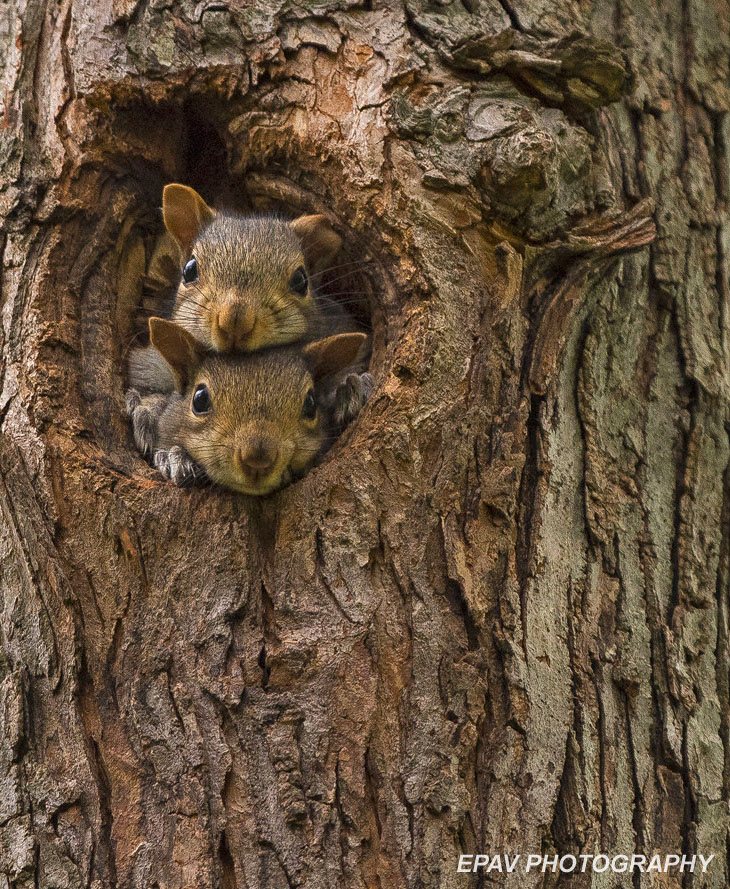
Credit: www.wildlifeonline.me.uk
Tropical Rainforests
Tropical rainforests are lush and vibrant habitats. These forests are home to many squirrel species. The dense vegetation provides food and shelter.
Dense Canopies
The dense canopies of tropical rainforests are a squirrel’s playground. Squirrels leap from branch to branch with ease. The thick foliage offers protection from predators.
In the canopy, squirrels find a variety of food. They eat fruits, nuts, and insects. The abundance of food makes the canopy a perfect home.
Rainforest Floors
The rainforest floor is another important habitat for squirrels. Here, they forage for fallen fruits and seeds. The dense undergrowth provides hiding spots from larger animals.
Squirrels often build nests on the forest floor. These nests are made from leaves and twigs. They offer warmth and safety for raising young.
Rainforest floors are teeming with life. Squirrels share this space with many other creatures. This rich biodiversity supports their survival.
Frequently Asked Questions
Where Do Squirrels Usually Live?
Squirrels typically live in trees, forests, parks, and urban areas. They build nests called dreys. These nests are made of twigs and leaves. Squirrels prefer areas with abundant food sources.
Do Squirrels Live In Urban Areas?
Yes, squirrels adapt well to urban environments. They are often seen in city parks and gardens. Urban areas provide food and shelter. Squirrels can thrive alongside humans.
What Type Of Nests Do Squirrels Build?
Squirrels build nests called dreys. Dreys are made from twigs and leaves. They are often found in tree branches. These nests provide warmth and protection.
How Do Squirrels Choose Their Habitat?
Squirrels choose habitats with ample food and shelter. They prefer areas with trees and vegetation. Safety from predators is also crucial. Urban areas with green spaces are ideal.
Conclusion
Squirrels thrive in diverse habitats, from urban areas to dense forests. Understanding their living preferences helps in appreciating their adaptability. Whether in trees or underground, squirrels are fascinating creatures. Observing their habitats can provide insights into their behavior and survival skills.
Embrace the opportunity to learn more about these nimble animals.
Learn More About Grilling
If you want to learn more about grilling, check out these other helpful resources!



